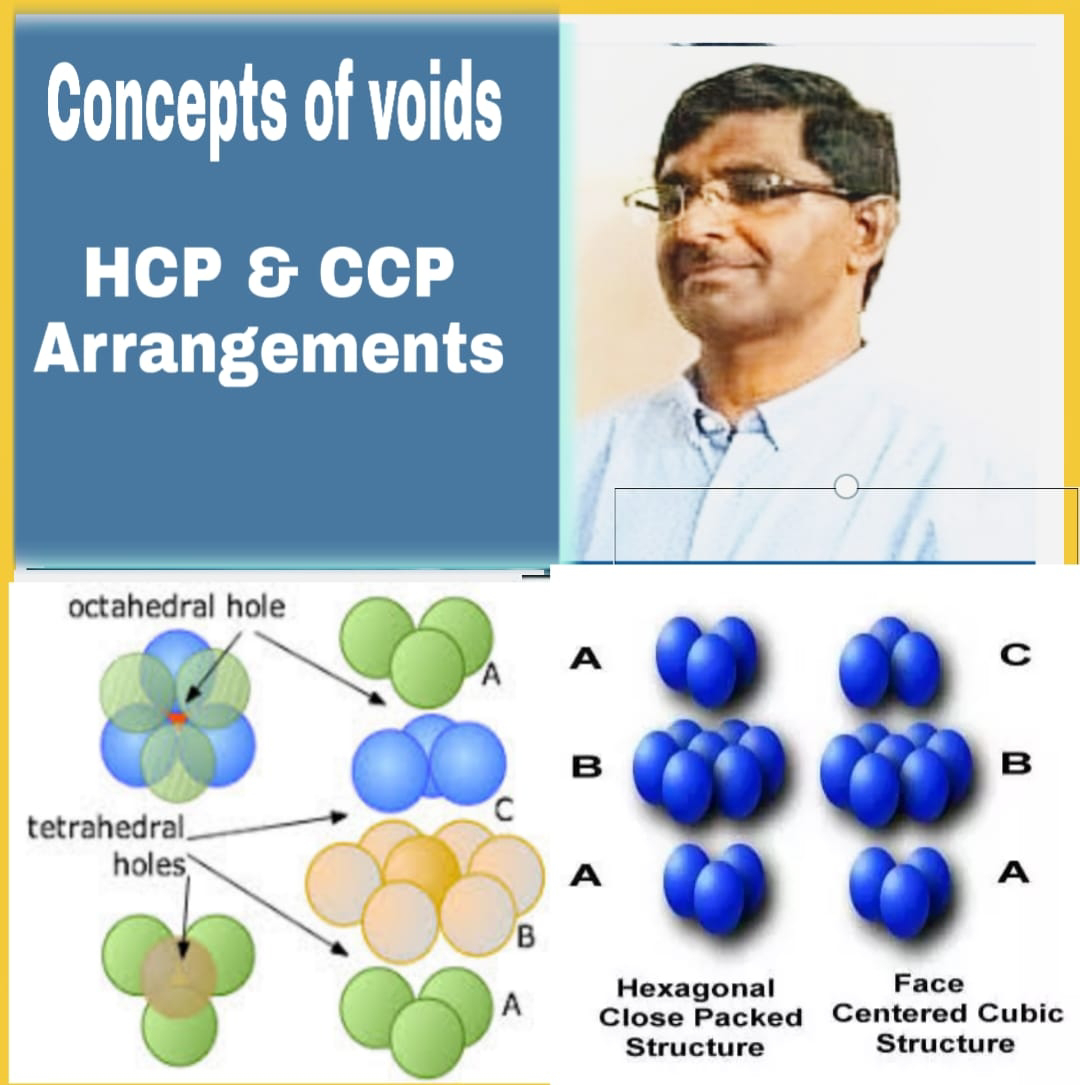Magnetic Properties Of Solids
Magnetic properties of Solids-
e magnetic properties of different materials are studied in terms of their magnetic moments which arise due to the orbital motion and spinning motion of the electrons.
As electron is a charge particle, its orbital motion produces a small magnetic field along the axis of rotation and its spinning motion produces a small magnetic Field along the spin axis. Since magnetic moment is a vector quantity, the net magnetic moment is represented by an arrow. Based on the behavior in the external magnetic field, the solids are divided into following classes-
(i) Diamagnetic substances-
Substances which are weakly repelled by the external magnetic field are called diamagnetic substances and the properties is called diamagnetism.
Example – TiO2, NaCl, H2O and C6H6 etc.
This properties is shown only by those substances which contain fully filled orbitals. i.e. no unpaired electron is present. The magnetic moment possessed by an electron with spin in one direction is cancelled by that with in opposite direction.
(II)Paramagnetic substances-
Substances which are attracted by external magnetic field are called Paramagnetic substances. The property thus exhibited is called paramagnetism. This properties is shown by those substances whose atoms, ions or molecules contain unpaired electrons.
Example- O2, Cu2+, Fe3+ etc.
Paramagnetic substances however lose their magnetism in the absence of the magnetic field.
(iii)Ferromagnetic Substances-
Substances which show permanent magnetism even in the absence of magnetic field are called paramagnetic substances and the property is called ferromagnetism.
Example- Fe, Ni, Co , Gd, CrO2 etc.
Such substances remain permanently magnetized once they have been magnetized. This type of magnetism arises due to spontaneous alignment of magnetic moment in same direction. This is a case of large amount of paramagnetism.
(iv)Anti-ferro magnetic Substances-
Substances which are expected to possess paramagnitism or ferro magnetism on the basis of unpaired electrons but actually they possess zero net magnetic moment are called Anti-ferro magnetic Substances.
Example MnO, Mn2O3,Mn3O4 etc.
(v) Ferri Magnetic Substances-
Substances which are expected to possess large amount of magnitism on the basis of unpaired electrons but actually they have small net magnetic moment are called ferri magnetic Substances.
Example- Fe3O4, Ferrites of Formula M2+ Fe2O4 where M=Mg,Cu,Zn etc.
It may be noted that ferromagnetic, antiferromagnetic solids changes into paramagnetic at some temperature. For example ferromagnetic Fe3O4 on heating to 850K become paramagnetic. It may be further pointed out thateach ferromagnetic substances has a characteristic temperatureabove which no ferromagnetism is observed, this is known as Curie temperature.






